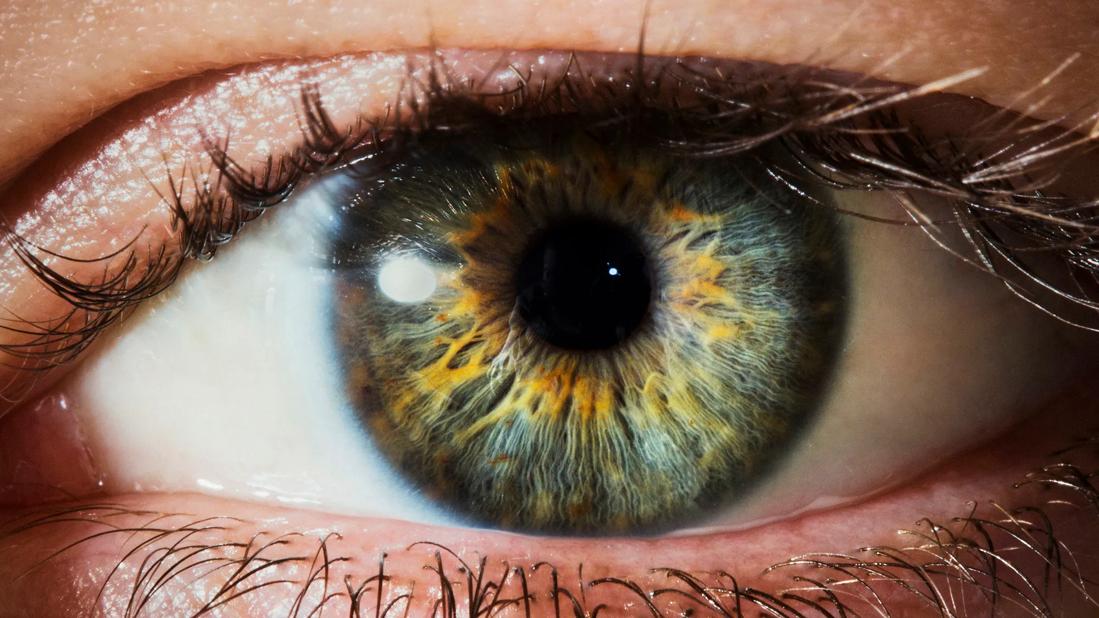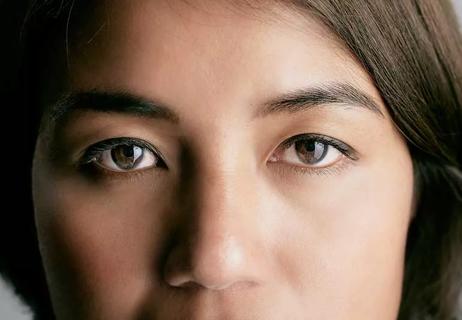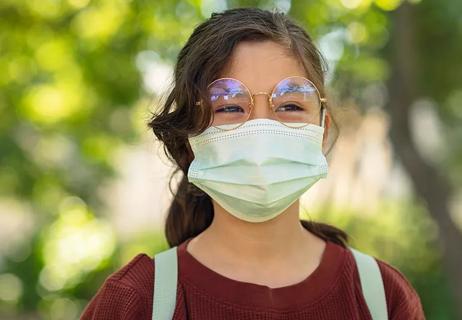It takes millions of moving parts within the eye to make the power of vision possible

If you’re looking at these words right now, your eyes are doing far more than you can even imagine processing what you see.
Advertisement
Cleveland Clinic is a non-profit academic medical center. Advertising on our site helps support our mission. We do not endorse non-Cleveland Clinic products or services. Policy
That’s because it takes millions of moving parts working together in your eyes to make vision possible. Given all that they do, these sensory organs qualify as an engineering and biological marvel.
To get a clear 20/20 view of just how special eyes are, take a peek at these 20 facts from ophthalmologist Allison Babiuch, MD.
Advertisement
Pretty cool stuff, huh? Clearly, a lot is happening in your eyes at any given moment. That’s why it’s important to make sure they stay healthy — and a big part of that involves getting regular vision checkups, says Dr. Babiuch.
It’s generally recommended that children get their vision screened and adults get a comprehensive eye exam every year or two. Visits should be more frequent if you use corrective lenses or are at a higher risk of eye disease.
Schedule an appointment if you suddenly feel like you’re not seeing as well, too.
“It’s amazing what our eyes are capable of doing,” says Dr. Babiuch, “but that doesn’t mean they don’t need your help to stay healthy.”
Advertisement
Learn more about our editorial process.
Advertisement

Once your baby’s eyes are exposed to more light, they may start to deepen in hue or change color altogether, usually between 3 and 9 months

Many factors, like eyelid irritation, cosmetic lash procedures and underlying health conditions, can affect your eyelashes

A diet built around fruits, vegetables and healthy fats is a clear 20/20 benefit for your vision

Cosmetic procedures such as iris implants and corneal tattooing bring a risk of vision loss

If your eyes suddenly take on a different color, it could be a sign of a medical concern

Act quickly when a chemical or object gets in your eye

This glaucoma drug can also thicken lashes, just note side effects

Be sure to protect your eyes from UV light and hazardous materials

Start having sex about 72 hours before ovulation, then at least every other day during your fertile window

Attachment theory suggests that your earliest relationships shape connections throughout your life

It isn’t a recognized mental health disorder, but research shows that problematic social media use can negatively affect your mental health, self-esteem and sleep